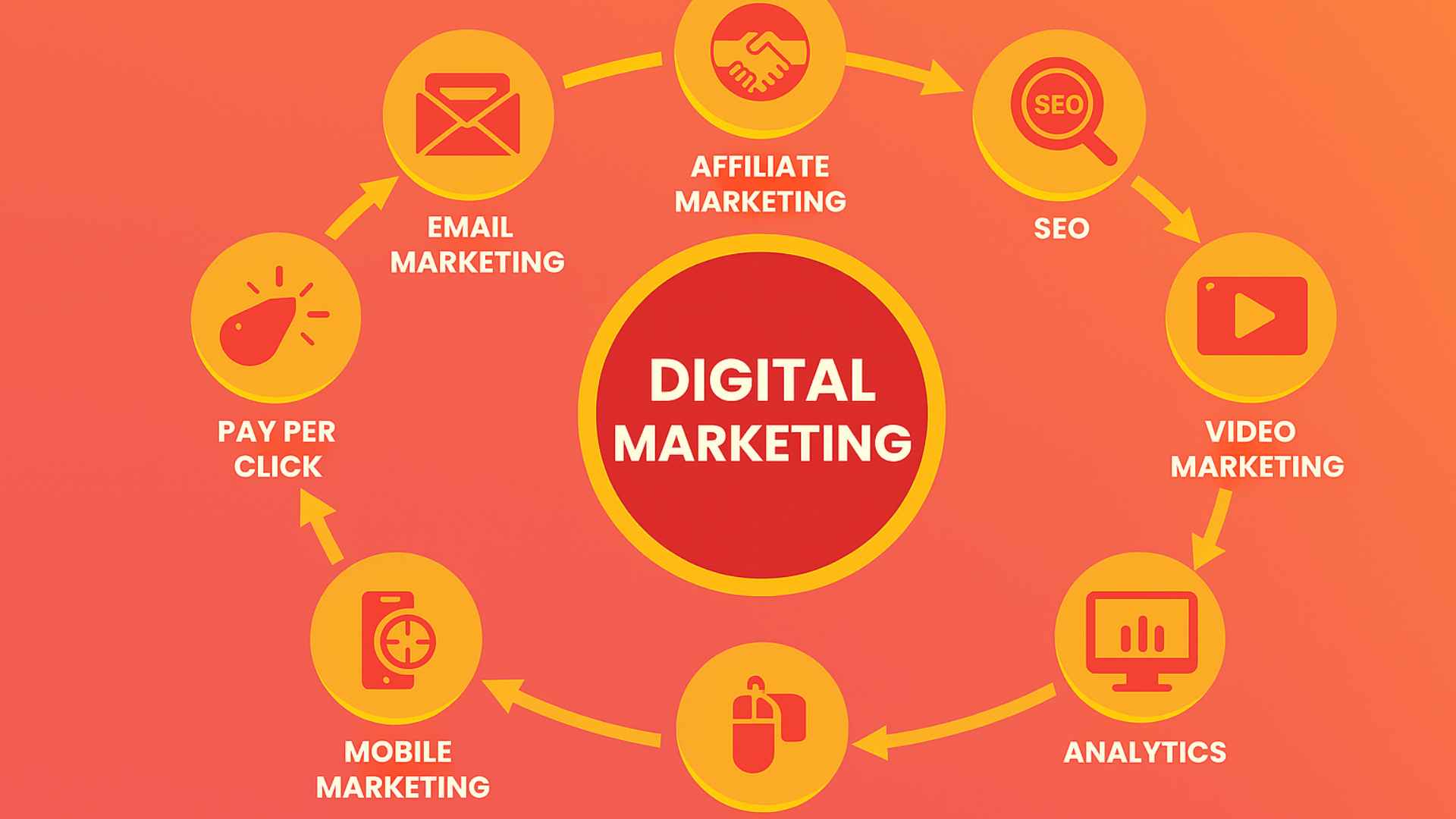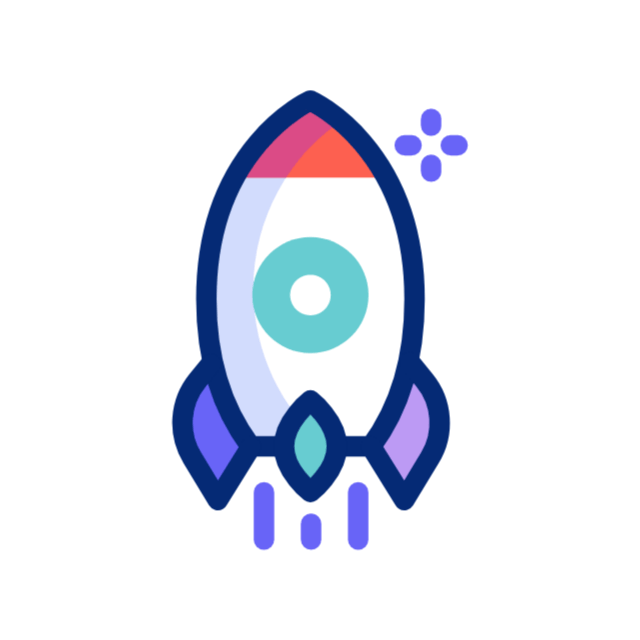In today’s hyper-connected world, digital marketing has become the backbone of business success. Whether you’re a startup or an established brand, understanding the components of digital marketing is crucial to building a strong online presence and driving measurable results.
From search engines to social media platforms, the digital marketing elements you choose can make or break your brand’s visibility. Let’s explore the key elements that define an effective digital marketing strategy in 2025 — and how you can use them to grow your business.
1. Search Engine Optimization (SEO): The Core of Online Visibility
Search Engine Optimization, or SEO, is the foundation of every successful digital marketing strategy. It’s the process of optimizing your website so it ranks higher on search engines like Google.
When potential customers search for products or services related to your business, SEO helps ensure your website appears among the top results — boosting both visibility and credibility.
Key aspects of SEO include:
- On-page SEO: Optimizing page titles, meta descriptions, headers, and keywords.
- Off-page SEO: Building quality backlinks from trusted websites.
- Technical SEO: Enhancing site speed, mobile-friendliness, and crawlability.
- Local SEO: Targeting audiences in a specific location through Google My Business and local listings.
By mastering SEO, you can attract organic traffic — the most sustainable and cost-effective type of website visitor.
2. Content Marketing: The Fuel that Powers Digital Campaigns
“Content is king,” and that statement remains true today. It focuses on creating and distributing valuable, relevant, and consistent content to attract and retain a clearly defined audience.
Effective content marketing doesn’t just sell — it educates, entertains, and builds trust. It’s one of the most powerful digital marketing elements because it drives engagement across all channels.
Popular types of content marketing include:
- Blog posts and articles
- Videos and podcasts
- Infographics and visual guides
- E-books and whitepapers
- Case studies and newsletters
Quality content also supports your SEO strategy by targeting keywords like components of digital marketing that potential customers are searching for.
3. Social Media Marketing: Building Relationships and Brand Awareness
Social media marketing uses platforms like Facebook, Instagram, LinkedIn, and X (formerly Twitter) to connect with your audience, promote products, and build brand loyalty.
Each platform offers unique opportunities:
- Instagram and TikTok: Great for visual storytelling and influencer partnerships.
- LinkedIn: Ideal for B2B networking and professional thought leadership.
- Facebook: Excellent for community building and targeted ads.
A consistent posting strategy, combined with engaging visuals and interactive content, can dramatically increase your brand’s visibility. Social media also amplifies other components of digital marketing, such as content marketing and paid advertising.
4. Pay-Per-Click (PPC) Advertising: Fast-Track to Visibility
While SEO focuses on organic growth, PPC advertising offers immediate exposure. Platforms like Google Ads and social media advertising networks let businesses pay for clicks or impressions.
Why PPC is effective:
- You can target specific demographics, interests, or geographic locations.
- You only pay when someone clicks your ad.
- Results are measurable in real-time.
PPC is one of the most important digital marketing elements because it drives instant traffic and leads, especially when launching new products or promotions. Combining PPC with SEO can maximize both short-term and long-term results.
5. Email Marketing: The Power of Personalization
Despite being one of the oldest components of digital marketing, email marketing continues to deliver one of the highest returns on investment (ROI).
It allows you to directly reach your audience with personalized messages — nurturing leads, promoting products, or sharing valuable insights.
Best practices for effective email marketing:
- Segment your audience based on interests or purchase history.
- Craft compelling subject lines to increase open rates.
- Use automation tools to send timely, relevant emails.
- Track metrics like open rate, click-through rate (CTR), and conversions.
When used strategically, email marketing can strengthen customer relationships and increase repeat business.
6. Influencer Marketing: Leveraging Online Authority
Influencer marketing has grown into a billion-dollar industry — and for good reason. It taps into the trust and influence that content creators hold over their audiences.
Partnering with the right influencers allows your brand to reach new audiences organically. This strategy works especially well on platforms like Instagram, YouTube, and TikTok.
When selecting influencers, focus on authenticity and engagement rather than just follower count. This ensures that your message reaches people genuinely interested in your brand.
7. Affiliate Marketing: Performance-Based Promotion
Affiliate marketing is a performance-driven strategy where you partner with affiliates (publishers, bloggers, or content creators) who promote your products in exchange for a commission.
This approach extends your brand’s reach and drives sales without upfront advertising costs. It’s a win-win for both businesses and affiliates — one of the most cost-efficient digital marketing elements available.
8. Mobile Marketing: Reaching Customers on the Go
With mobile devices accounting for over 60% of online traffic, mobile marketing has become a vital component of digital marketing.
From SMS campaigns and app-based advertising to mobile-friendly websites, this strategy ensures that your audience can engage with your brand anytime, anywhere.
Effective mobile marketing tactics include:
- Optimizing websites for mobile responsiveness
- Using location-based targeting
- Creating short-form video content
- Designing mobile-friendly emails
A mobile-first approach ensures seamless user experiences across all touchpoints.
9. Video Marketing: Visual Storytelling that Converts
Video marketing is no longer optional — it’s essential. Studies show that users are more likely to engage with video content than any other format.
Platforms like YouTube, Instagram Reels, and TikTok dominate the digital space, making video one of the most powerful components of digital marketing.
Popular types of video content:
- Product demos and tutorials
- Behind-the-scenes videos
- Customer testimonials
- Educational content and webinars
Videos humanize your brand, increase engagement, and boost conversions when used strategically across channels.
10. Analytics and Data-Driven Marketing: Measuring What Matters
The final — and perhaps most critical — digital marketing element is analytics. Without data, you can’t measure performance or make informed decisions. Tools like Google Analytics, Meta Insights, and SEMrush help you track metrics such as website traffic, conversion rates, and user behavior. By analyzing this data, you can refine your strategies, identify what’s working, and allocate your budget effectively.
How to Integrate All Components of Digital Marketing for Maximum Impact
The real power of digital marketing lies in integration. Each component works best when aligned with the others:
- Use SEO and content marketing to attract organic traffic.
- Leverage social media and email marketing to engage and nurture leads.
- Boost conversions through PPC and influencer collaborations.
- Track results using analytics and adjust your approach accordingly.
A well-balanced digital marketing strategy ensures consistency across channels, creating a unified brand experience that drives results.
Final Thoughts
The digital landscape is evolving faster than ever, but the fundamentals remain the same: understanding your audience, delivering value, and staying consistent. By mastering these components of digital marketing, you can build a robust online presence, strengthen customer relationships, and achieve long-term growth. Digital success isn’t about using every tool — it’s about using the right digital marketing elements strategically and cohesively. Start optimizing today, and watch your brand thrive in the competitive digital era.

